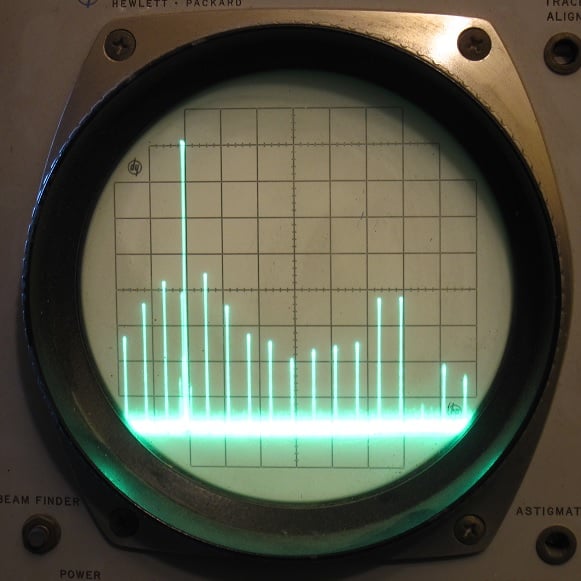My criteria for when to upgrade is simple: when it no longer runs the games I want to play at an acceptable framerate. I have a 30-series card, but I have yet to play a game where I had a problem with framerate, so I have no plans to upgrade. It wasn’t until I ran into a game where I was getting 20 FPS at minimum settings on my old GTX 960 that I decided it was time to upgrade.
One could probably say the same about workstation performance if it is taking too long to run and becoming a productivity bottleneck. For something like that, I think it comes down to an assessment of how much you will be spending versus what percentage reduction in processing time you will see out of the upgrade. If it is only a marginal improvement, maybe wait, but if it would be a substantial uplift, then it is probably a worthwhile return on investment.








I would say Arch if you are that tight on resources and comfortable doing so (the setup isn’t as bad as people make it sound, just look up a guide online), but Endeavour would get you to more or less the same place with much less complexity.
That said, is there any chance of upgrading the RAM? an extra 4GB or 8GB stick of DDR3/DDR3L off ebay would not cost too much, and would make a world of difference for things like modern web browsers.